Role Film Score Composer | Instruments Bansuri Name Pannalal Ghosh Children Shanti-Sudha | |
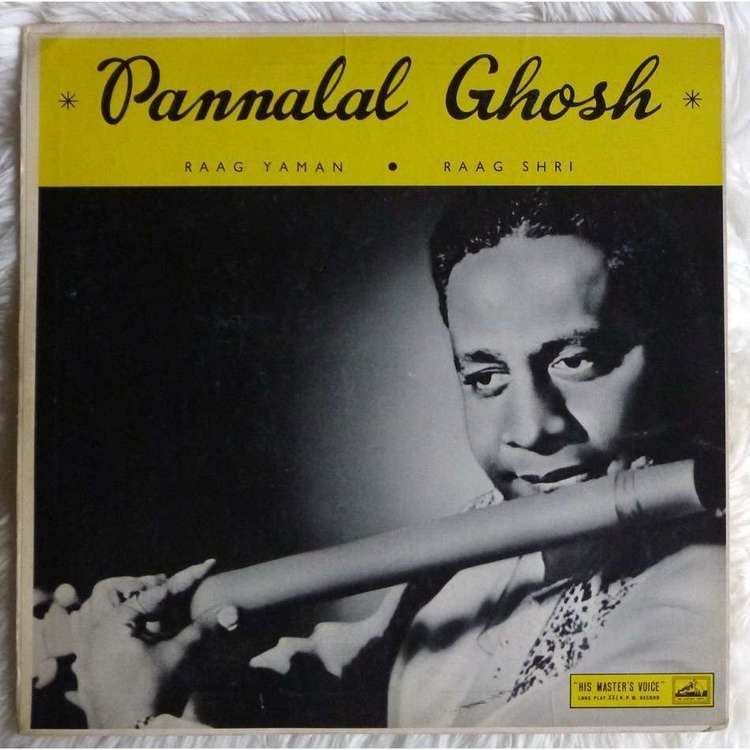 | ||
Also known as Amal-Jyoti Ghosh (अमलज्योति घोष) Born July 24, 1911Barisal, Bangladesh (বাংলাদেশ) ( 1911-07-24 ) Albums Classical Instrumental - Flute Recital Similar People Parul Ghosh, Ravi Shankar, Amjad Ali Khan, Ashok Kumar, Kishore Kumar | ||
Pandit pannalal ghosh plays raag desi on flute
Pannalal Ghosh (24 July 1911 – 20 April 1960), also known as Amal Jyoti Ghosh (অমলজ্যোতি ঘোষ), was an Indian flute (bansuri) player and composer. He was a disciple of Allauddin Khan, and is credited with popularizing the flute as a concert instrument in Hindustani classical music.
Contents
- Pandit pannalal ghosh plays raag desi on flute
- Raagyaman played on flute by pandit pannalal ghosh
- Early life
- Career
- Disciples
- Innovations
- References
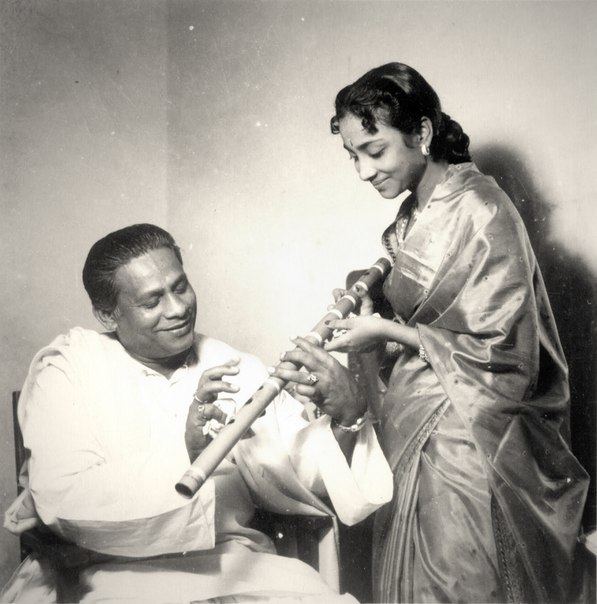
Raagyaman played on flute by pandit pannalal ghosh
Early life
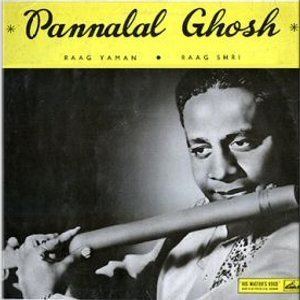
Ghosh was born on 24 July 1911 in Barisal, in Bangladesh (বাংলাদেশ). He was named Amal Jyoti Ghosh with Pannalal having been his nickname. His father, Akshay Kumar Ghosh, was a sitarist. Ghosh received his initial training in music from his father, learning to play the sitar. Two apocryphal incidents in his childhood are believed to have influenced Ghosh in taking up the flute. As a child he had picked up a small flute that cowherds usually played, and on the basis of the education he was receiving on the sitar from his father, he would try to play musical patterns on the flute. The family’s ancestral house was on the banks of the Kirtankhola river. At the age of nine, while swimming in the river one day, Ghosh found a long bamboo stick that was half-flute and half walking stick. The flute part of the stick was longer than a traditional flute and Ghosh started practising on it. Then at the age of eleven, Ghosh is said to have met a holy man who held a conch and a flute and asked if he could play the flute. When Ghosh obliged, the man blessed him and said that music would be his salvation.
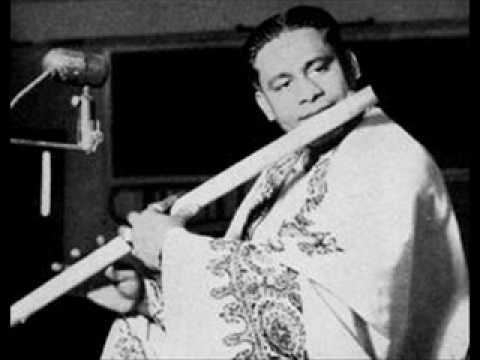
He was married to Parul Ghosh (née Biswas) in 1924 when she was only nine and he was thirteen years old. She was the younger sister of Ghosh’s friend Anil Biswas who went on to become a celebrated music composer. Parul was a talented singer herself and later became a well-known playback singer. In 1928, Ghosh became a part of the Indian Independence Movement. He joined a gymnasium and learnt martial arts, boxing and stick fighting. As he became more involved in the independence movement, the government started keeping a close watch. Consequently, he shifted to Calcutta at the age of seventeen in search of a livelihood. At the age of eighteen, he started focusing his attention on the flute. Ghosh realised that a bigger flute's pitch and sonority would be more appropriate for both classical and light music. Ghosh experimented with various materials including metal and different types of wood, and decided on using bamboo. He finally settled on a flute which was thirty two inches long.
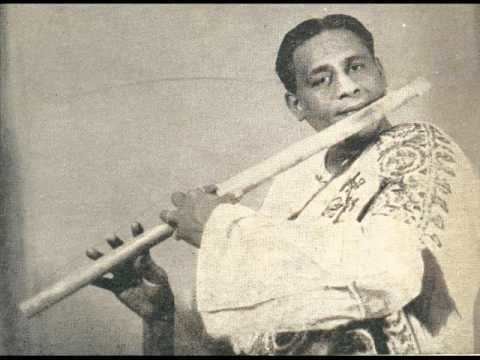
Panna Lal Ghosh's daughter Shanti-Sudha was married to the flute player Devendra Mudeshwar, who was her father's disciple. Their son Anand Murdeshwar, Panna Lal's grandson, also made a name as flute player but died at a very young age. Ghosh's younger brother, Nikhil Ghosh, was a noted Tabla player and Padma Bhushan awardee.
Career
Having assisted in music production while he was in Calcutta working with New Theatres Ltd. In 1940 he came to Bombay to further expand his music career. Sneh Bandhan (1940) was his debut film as an independent music composer. The popular songs from the film were "Aabroo Ke Kamaanon Mein" and "Sneh Bandhan Mein Bandhe Hue" sung by Khan Mastan and Bibbo. Pannalal Ghosh jointly scored the background for “Aandhiyan” in 1952 along with Ustad Ali Akbar Khan and Pandit Ravi Shankar. He was the first to introduce the seven-hole flute.
Disciples
Authentic list of Pannalal Ghosh’s noteworthy students at Calcutta contained Haripada Choudhary, Aminur Rehman (MintuDa), Fakirchanda Samanta, Sudhanshu Choudhury, Mukul Roy and Gaur Goswami. The students at Bombay included Tribhuvan Gondkar, Rasbihari Desai, Devendra Murdeshwar, V.G. Karnad, Chandrakant Joshi, Mohan Nadkarni, Prabhakar Nachane, Niranjan Haldipur, Krishnarao D. Desai, Ramaprasad Mukherjee, Mahesh Mastfakir, Sharad Maholay, Bhailal Barot, Suraj Narain Purohit and Hari Chabria.
Innovations
Pandit Pannalal Ghosh invented what is known as the Madhyam Hole which is also known as the Pannalal Ghosh hole, placed at the bottom of the flute. Veteran flautist Pandit Nityanand Haldipur who is his direct disciple explains that this hole was designed specifically to hit the madhyam ( ‘Ma’ or 4th note) of the lower octave especially in Raagas such as Puriya, Darbari and Bihag where a madhyam meend ( glide) is required. It can even give the kharaj ka gandhar ( 3rd note ‘Ga’ of the lower octave). The hold too was changed by the late legend to enable the little finger to reach this hole. For Raagas such as Darbari where the lower octave ( Mandar saptak) is explored in detail, Pannalal Ghosh invented another base flute with just 4 holes which was almost 45 inches long.
